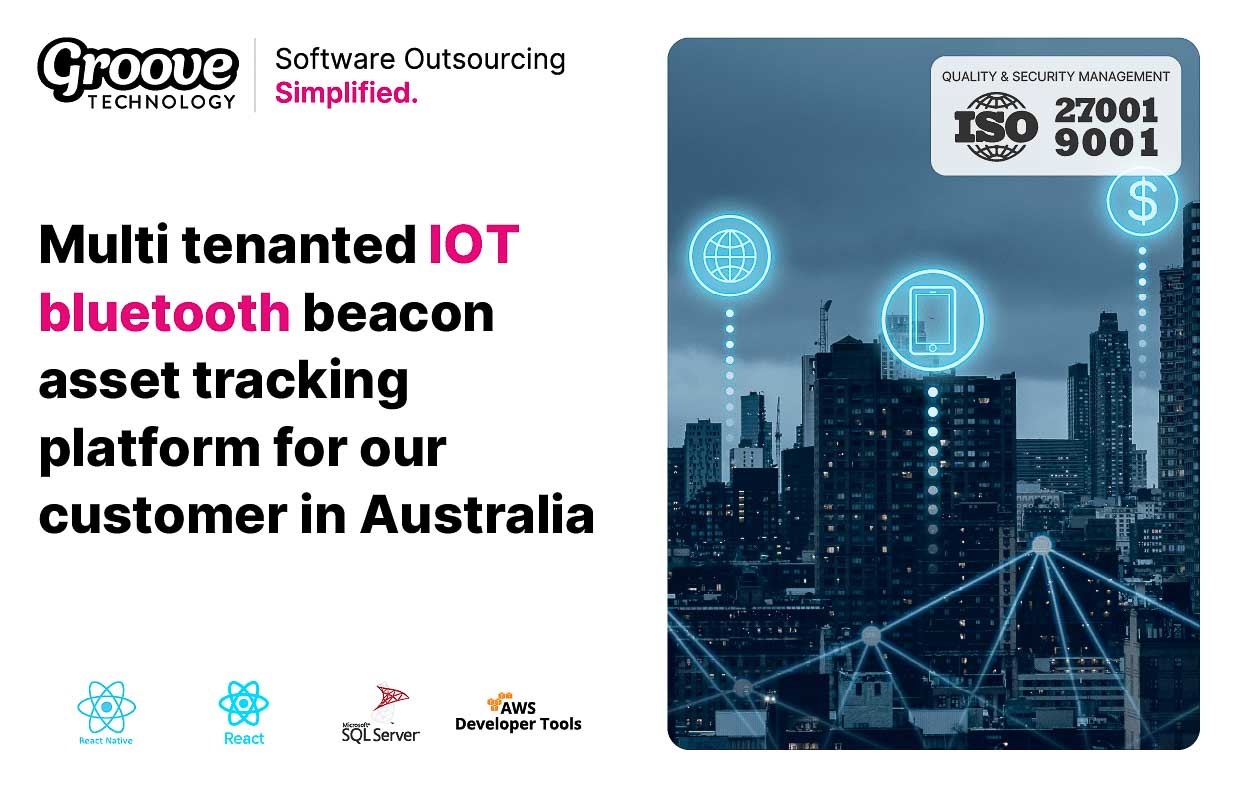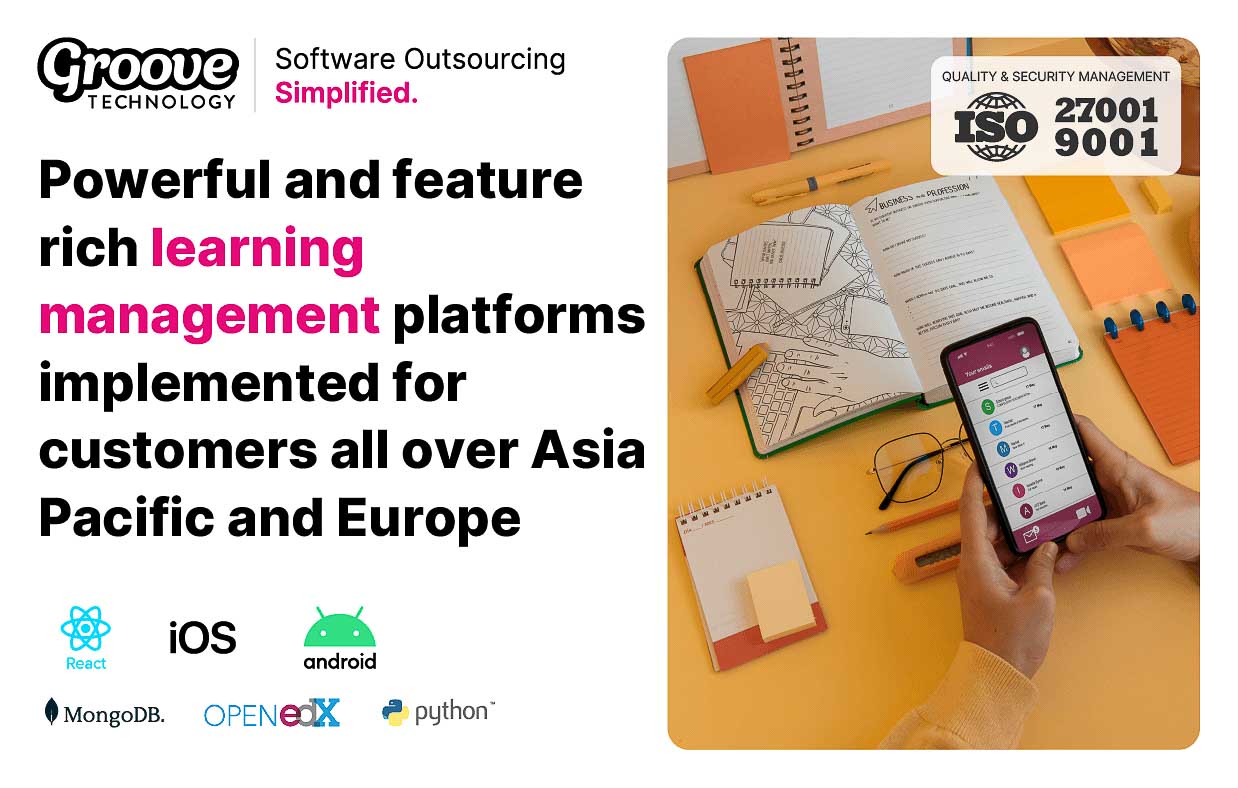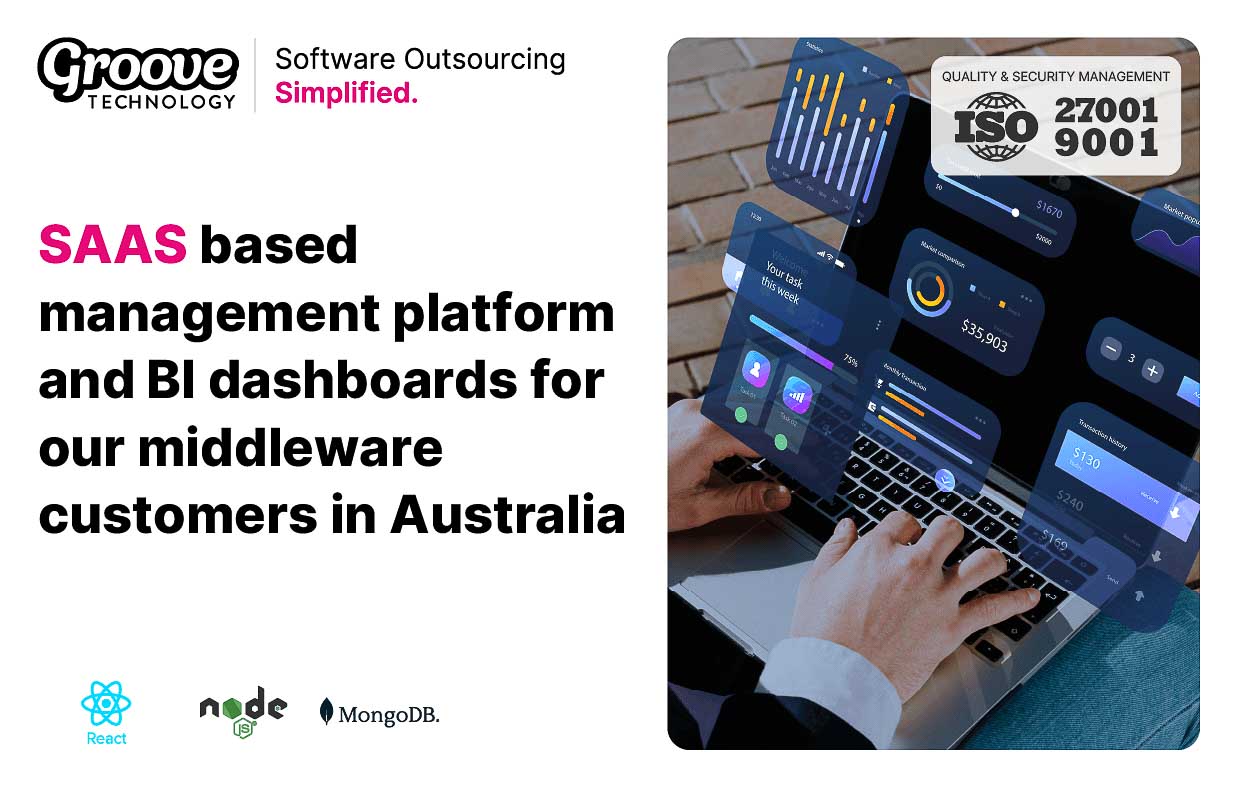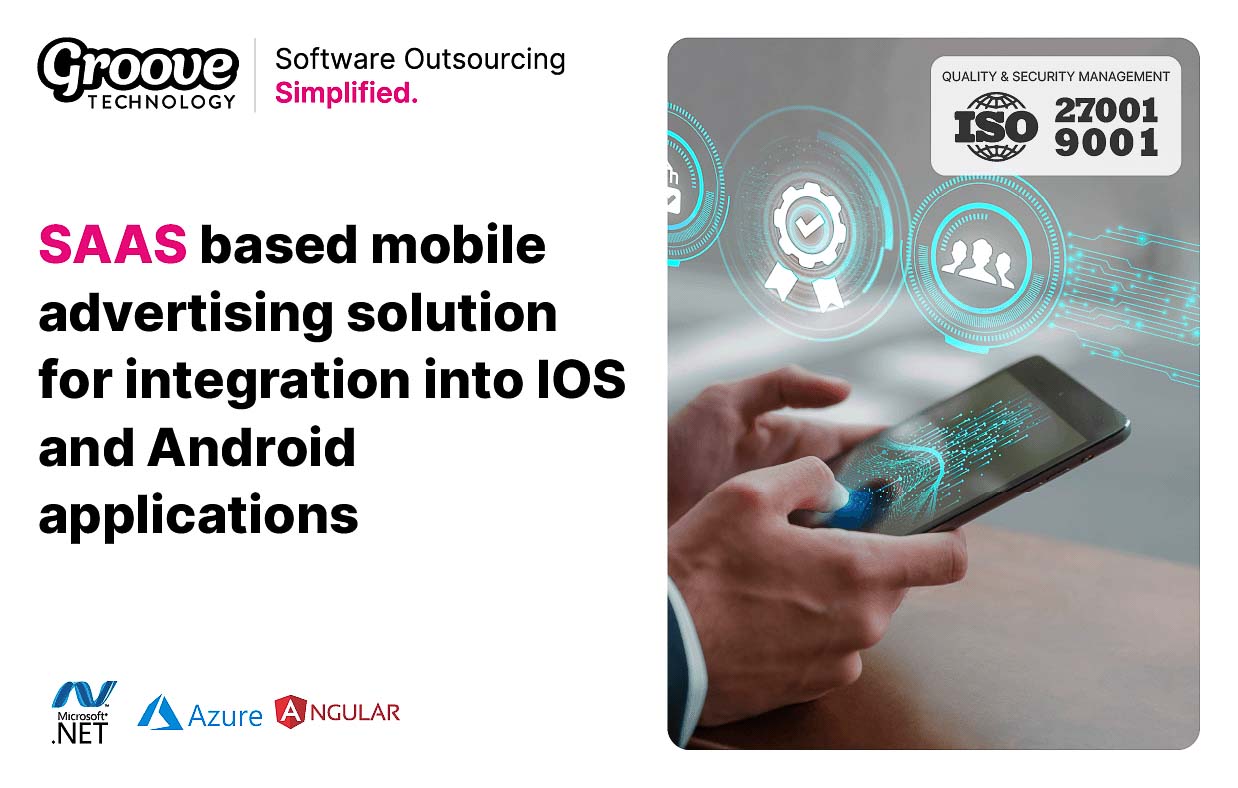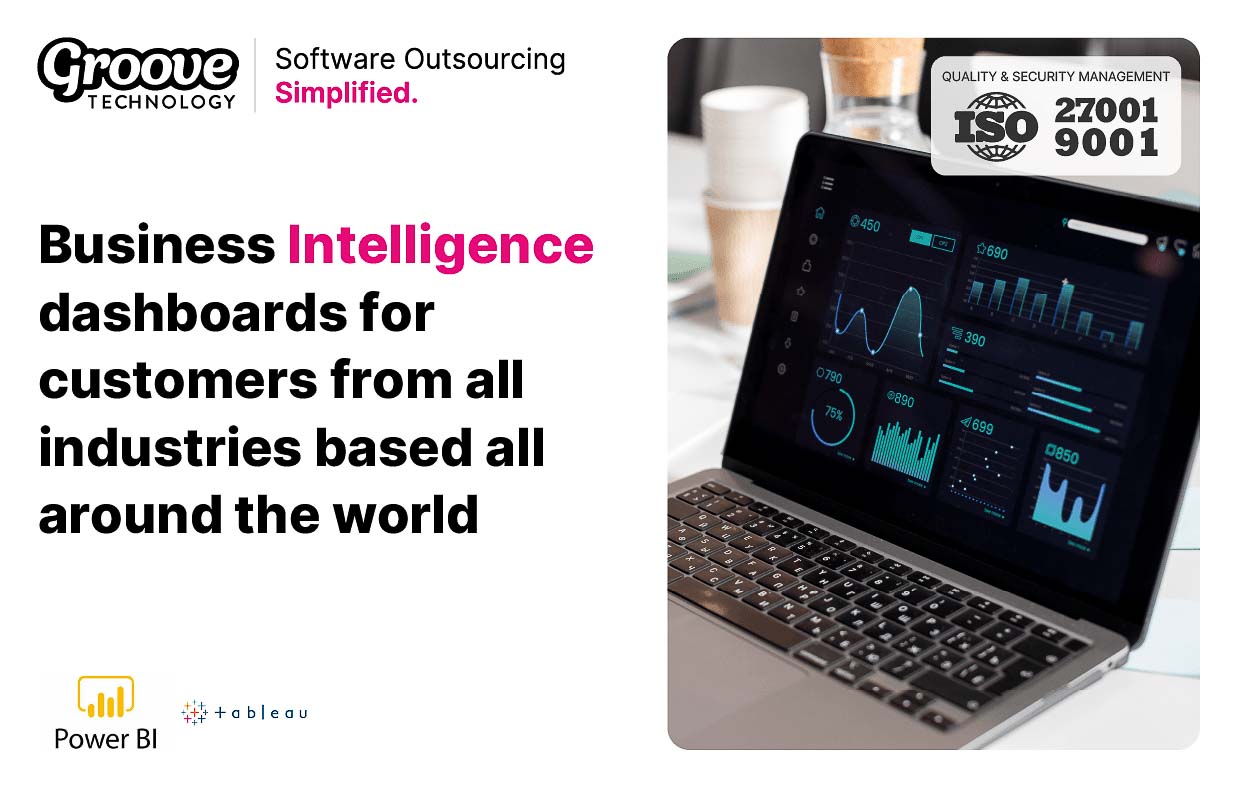



OUR TECHNOLOGY STACKS






















































































































































































WHY CHOOSE GROOVE TECHNOLOGY AS YOUR MOBILE APP DEVELOPMENT PARTNER


Advanced Agile Development for iOS & Android
Our mobile app development is finely tuned to your Agile processes using high-end tools like JIRA for project management and Git for precise version control. We leverage Swift and Kotlin’s latest capabilities to ensure your iOS and Android apps are built with the most efficient and effective coding practices, resulting in faster delivery and superior app performance.


Transparent and Detailed Cost Management
We provide transparent, detailed pricing for each component of mobile app development, highlighting the use of sophisticated environments like Xcode for iOS and Android Studio for Android. Our pricing model includes breakdowns of costs associated with advanced APIs, third-party integrations, and specialized testing tools such as XCTest for iOS and Espresso for Android, ensuring full visibility and control over your investment.


Commitment to Quality and Long-Term Partnerships
Our expert teams excel at navigating iOS and Android regulatory landscapes, ensuring every app meets the latest standards of Apple’s App Store and Google Play. Using tools like Jenkins and CircleCI for continuous integration, we stay compliant with platform updates, privacy laws, and data handling. This approach guarantees smooth app review and flawless operation across devices.
MOBILE APP DEVELOPMENT STRATEGY 2024




With the global rollout of 5G, consider how your mobile app can leverage faster network speeds and reduced latency. This is particularly crucial for apps that require real-time data processing, such as AR/VR, streaming, or gaming.
02. Advanced User Privacy RegulationsStay abreast of evolving global privacy regulations such as GDPR, CCPA, and new frameworks that may emerge. Apps must incorporate strict data handling and security measures to protect user information and ensure compliance.
03. Cross-Platform Development ToolsEvaluate and select the most effective cross-platform tools like Flutter or React Native to ensure your app provides a seamless user experience on both iOS and Android platforms while optimizing development time and resources.
04. AI and Machine LearningIntegrate AI and ML to enhance user experiences with features like personalized content, predictive behaviors, and automated customer service. These technologies can help your app stand out by adapting to user preferences and behaviors over time.
05. Sustainability and Eco-Friendly DesignConsider the environmental impact of your app by optimizing energy consumption, reducing data usage, and supporting dark mode. Sustainable design is becoming a priority for consumers and can set your app apart.




Implement a robust CI/CD pipeline to automate testing and deployments. Tools like Jenkins, GitLab CI, and CircleCI can help ensure that your app remains bug-free and is continuously updated with the latest features and security patches.
02. Responsive and Adaptive DesignDesign your app to function seamlessly across a wide range of devices, including tablets and foldable smartphones. Responsive design ensures that the app’s UI adjusts beautifully to different screen sizes and orientations.
03. User-Centric Performance OptimizationPrioritize app performance optimization to ensure fast load times, smooth scrolling, and immediate responsiveness. Profiling tools native to iOS and Android can help identify performance bottlenecks and optimize resource usage.
04. Enhanced Security ProtocolsAdopt the latest security protocols and best practices, including secure coding, encrypted data transmission, and regular security audits. Consider implementing biometric authentication like fingerprint scanning or facial recognition to enhance app security.
05. Regular Market and User Feedback AnalysisContinuously gather and analyze user feedback along with market trends to iterate and improve your app. Use analytics tools to track user engagement and A/B testing to refine features and interfaces.
CASE STUDIES
The main differences include programming languages (Swift/Obj-C for iOS and Kotlin/Java for Android), development tools (Xcode for iOS and Android Studio for Android), and user interface guidelines (Human Interface Guidelines for iOS and Material Design for Android). Additionally, the release process on the App Store often requires more stringent approval compared to Google Play.
We implement adaptive design and responsive layouts to ensure compatibility across a wide range of screen sizes and resolutions. Additionally, we conduct extensive testing using physical devices, emulators, and cloud testing services to optimize performance and ensure functionality across different OS versions and hardware specifications.
Yes, we can integrate advanced features such as augmented reality (AR) using ARKit for iOS and ARCore for Android, and machine learning using Core ML for iOS and TensorFlow for Android. These technologies allow for the creation of more interactive and intelligent app experiences tailored to your specific needs.
We prioritize app security by implementing several measures, including data encryption using AES or RSA, secure data transmission with SSL/TLS, and using OAuth 2.0 for secure authorization. We also adhere to best practices such as securing APIs, implementing proper session management, and conducting regular security audits and penetration testing.
We use RESTful APIs or GraphQL to facilitate efficient data synchronization between the mobile app and the server. For offline data access and sync, we implement solutions like SQLite for local storage on the device, coupled with synchronization logic that updates the backend once the device is online.


